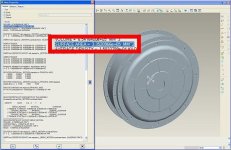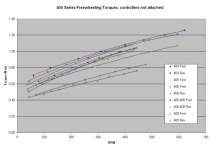donob08 said:I have one last idea I keep forgetting to offer. If the Cycle Analyst had an input for throttle voltage, throttle position would be a good indicator of the value of D in the PWM control
Unless it is current limiting. If it is current limiting and the cycle-analyst knows the battery current, the motor resistance, the speed, the motor's k constant, etc., then it could predict the phase currents in the moment. But, alas, it doesn't know all of that. (And the margin of error would probably be uncomfortably large)



